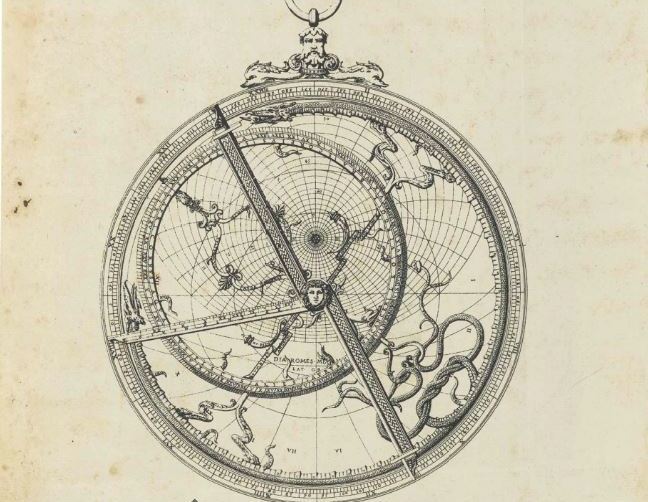FORGIVE ME if I suggest Dundee has always been European in outlook; its soldiery enlisted for the Sun Kings of France, its learned folk studied at Leiden and Leipzig, its medieval merchants traded with the Baltic ports, and Juteopolis exported its wares to the Continent.
The oldest book in Dundee Library and the greatest treasure in its museum are European in origin, too. Dundee Central Libraries have three works by Hector Boece – the most important his Scotorum Historiae. Printed in Paris in 1524 it is, I believe, the oldest book in Dundee’s public collection. I like to imagine it was borrowed by 17th century Dundonians!
Meanwhile, the famous McManus astrolabe is an amazing object. It is important because it is thought to be the oldest example of a mariner’s astrolabe in the world, which makes it internationally significant.
This astrolabe was made in 1555 by Lopo Honem, a Portuguese instrument maker. During the 1600s it came into the possession of Andrew Smyton, who was a Dundee ship owner engaged in the salt trade with France – yes, the port’s European bonds again.
Talking of rare survivors, the first book to describe the navigational instruments that measured the angle of the sun or a star above the horizon that came to be known as astrolabes, made a quiet appearance at Christie’s in London.
It featured in part two of the Giancarlo Beltrame library of scientific books in December. The first tranche raised £5.42 million for just 100 extraordinary lots in the same King Street saleroom last summer.
Printed in Paris in 1620, a first edition bound in red calf, it was titled ‘Briefve explication de l’usage de l’astrolabe’ and was the work of Didier Henrion (c1580-c1640).
Henrion’s treatise on the astrolabe was intended to accompany the real instrument – the Haynes manual of its day. It included two engraved folding plates (one illustrated), and other woodcut diagrams of an astrolabe and armillary sphere.
It is remarkable that the work does not appear in standard bibliographies, and that no copy has ever been recorded at auction.
Toned, spotted and soiled in places, but a great European rarity, it romped past pre-sale hopes of £500-£800 to take £3000, inclusive of buyer’s premium.
